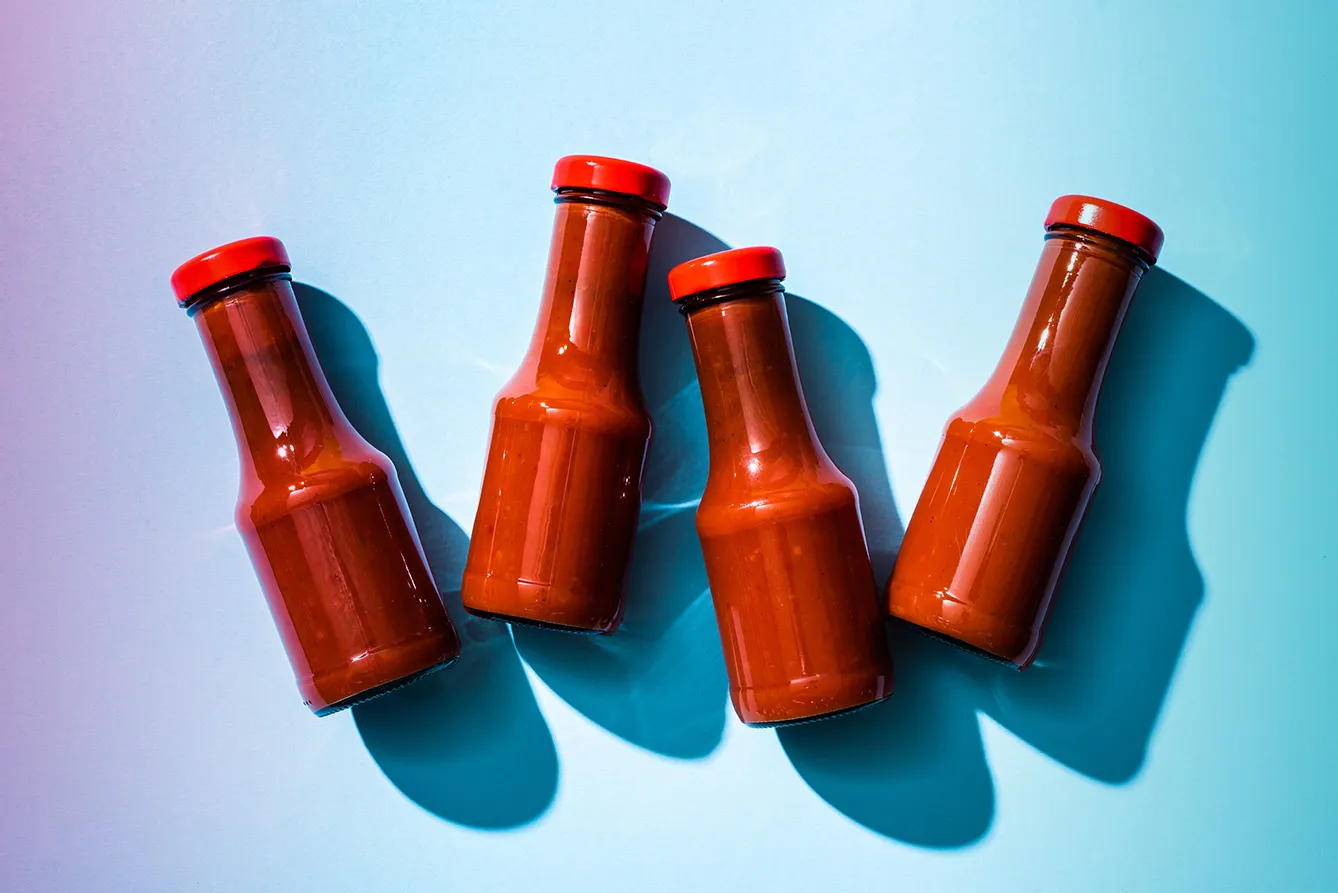“During today’s research on cartographic materials, we found out something unusual,” stated The Institute of Art and Development, a mysterious Polish think-tank known for somewhat sarcastic statements about Polish social and political reality. “Did you know that we have a ketchup belt in Poland?”
Robust Radek and Sweet Annie
Ketchup may be, by some, considered not entirely a Polish condiment. Its imagery directs straight to Heinz and some of its competitors; it’s still an important figure in Polish cuisine. Poles are on the ketchup side in the “what comes with French fries” debate. Mayonnaise, ubiquitous on Polish festive, especially Easter celebrations, didn’t take off here.
In the 1980s boom of realist-socialist street food – the Niewiadów N126 caravans converted to food trucks – ketchup was also a necessary dressing for zapiekanki – a Polish street-food delight consisting of halves of baguette topped by a toasted cheese-champignon mix. (Yummy!).
Ketchup is also familiar with native Polish brands: Włocławek (to this day sold in twist-off jars with a vintage label instead of the standard bottle). And then, there were – and still are – Robust Radek (Krzepki Radek) and Sweet Annie (Słodka Ania). Referring obviously to their strength variant, they were the incorporation of brand heroes in socialist marketing. Additionally, Poles would use the dense, taste-intensive tomato paste to convert bouillon into tomato soup.
What’s Polish for ‘ketchup’?
Unfortunately, the history of ketchup in Poland has not been researched terribly well. Some internet users mention their first contact with the tomato condiment through Czechoslovak import in the 1970s (when it might have been a privately imported part of bonfire-roasted sausage parties during mountain treks near the Czechoslovakian border, but that’s just a guess). Most people refer to zapiekanki and the 1980s.
But Poland, as a whole, is generally strong on vegetables, especially tomatoes, and vegetable processing facilities are peppered throughout its territory. That’s why it is interesting that most brands are clustered in such a narrow strip, going east-of-center to west practically along a single parallel.
“They say that votes from the Ketchup Belt decide on the election results in Poland,” known activist Jan Mencwel quipped under the post. “How do you extract ketchup from the motherlode?” asked another user. “The legend has it that the conjunction of ketchup factories will make the Baltic part, and we will find the Holy Grill,” added yet another.
Some of the ketchup produced in the ketchup belt might sound familiar; many operate as part of global companies, with facilities sold to them after the 1990s neoliberal turn. Poland has international brands such as Hellmann’s, Develey, McDonalds, and Heinz, and those of its own: Pudliszki, Kotlin, Międzychód, Rolnik, etc. People are divided as to which one is the best. It’s best to try yourself to know where on the map you are.







